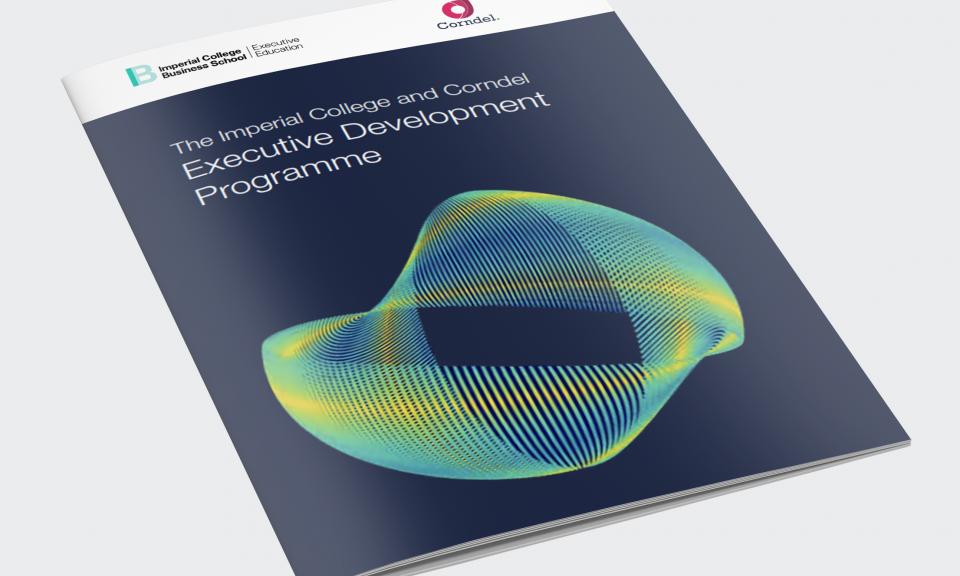
A key element in Swedish development cooperation is ensuring that children living in poverty and in other vulnerable situations, particularly girls, complete quality education without discrimination.1 Gender equality in education strengthens quality, provides an appropriate learning environment for both girls and boys, and ensures that students leaving secondary school have an awareness of gender equality. This is in line with the global commitment to “leaving no one behind” as set out in the Sustainable Development Goals (SDGs). The SDGs strongly encourage countries to focus on both achieving inclusive and quality education (SDG goal 4) and gender equality (SDG goal 5), putting the poorest and most marginalized women and girls at the forefront of development efforts.
Gender equality in education also has a multiplier effect impacting future opportunities and outcomes in relation to economic growth, good health, well-being and poverty reduction.
While considerable progress has been made in the enrolment of both girls and boys in primary and secondary school worldwide, actual completion rates at the secondary school level remain low, especially for girls, due to numerous factors. For example, living in rural or disadvantaged areas often puts children and adolescents at great risk of not completing school and gender disparity in participation in school increases in secondary school.
In 2014, 54% of countries had not achieved gender parity in lower secondary education and 77% in upper secondary school.This Gender Tool applies a gender perspective to the challenges faced by girls and boys in obtaining a quality education and in completing secondary education. Proposed dialogue questions are provided to raise awareness on improving quality of education in pre-primary, primary and secondary education. These questions have been selected taking into consideration Sida’s most likely entry points but priorities should be further informed by contextual analysis and identified gender gaps.
[“Source-reliefweb”]















